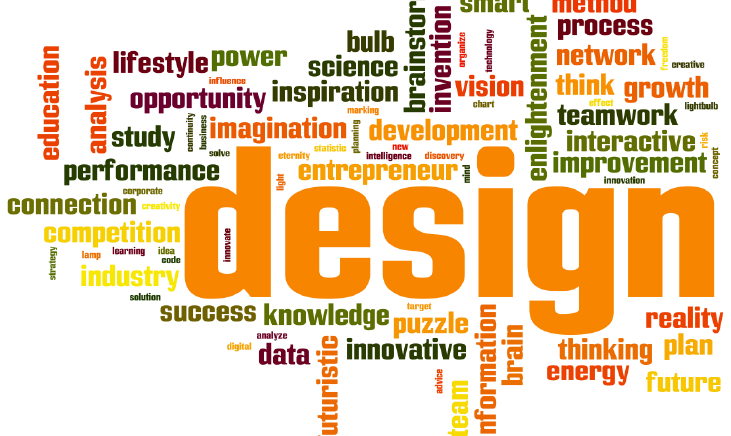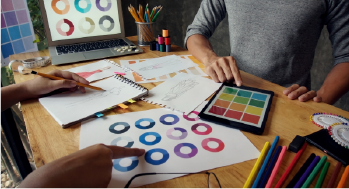
Visual communication involves the use of visual elements to convey messages, ideas, and information effectively. This field combines principles of design, psychology, and communication to create visuals that capture attention, inform, persuade, and engage audiences. Visual communication spans various media, including print, digital, and environmental graphics, and is essential in fields such as advertising, marketing, education, and user experience design.
- Visual communication leverages elements such as color, typography, imagery, icons, and layout to create cohesive and impactful messages. Each element plays a role in how the message is perceived and understood by the audience.
- Principles such as balance, contrast, hierarchy, alignment, repetition, and proximity guide the arrangement of visual elements. These principles help organize information, create visual interest, and improve readability.
Overview
Conveying Messages: Visual communication uses images, graphics, and design elements to convey information, ideas, and emotions effectively.
Engagement: Visual communication captures attention and engages the audience more quickly and memorably than text alone, making it an essential tool for marketing and storytelling.
Universal Language: Visual elements transcend language barriers, making visual communication accessible and understandable to diverse audiences across cultures and languages.
Brand Identity: Consistent visual communication reinforces brand identity and recognition, helping businesses and organizations establish a strong and memorable presence in the market.
Enhanced Understanding: Visual aids, such as charts, diagrams, and infographics, simplify complex concepts and data, facilitating better comprehension and retention of information.

